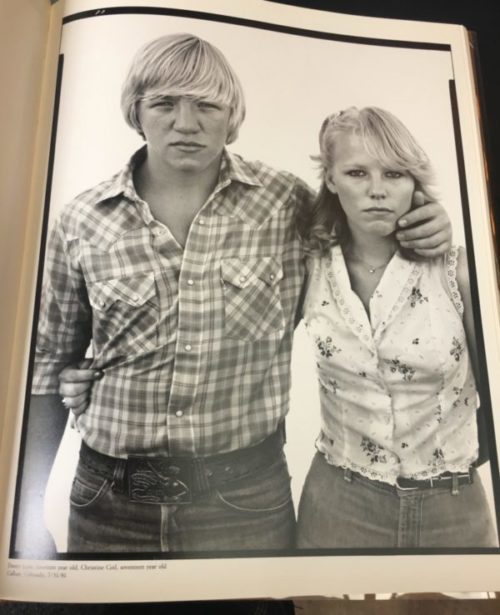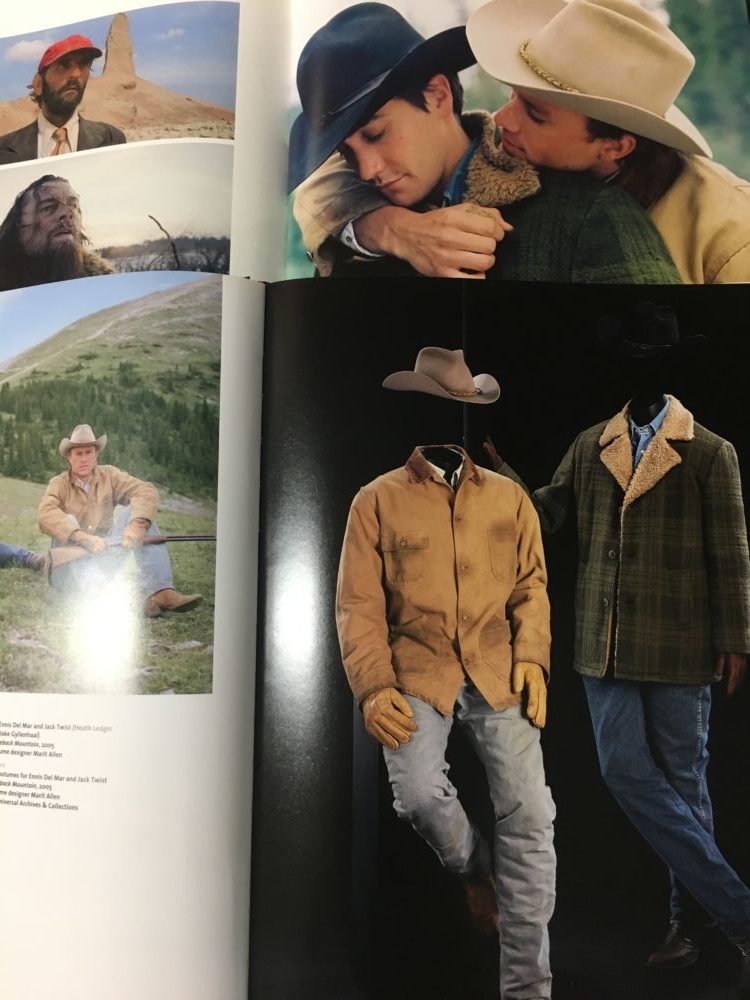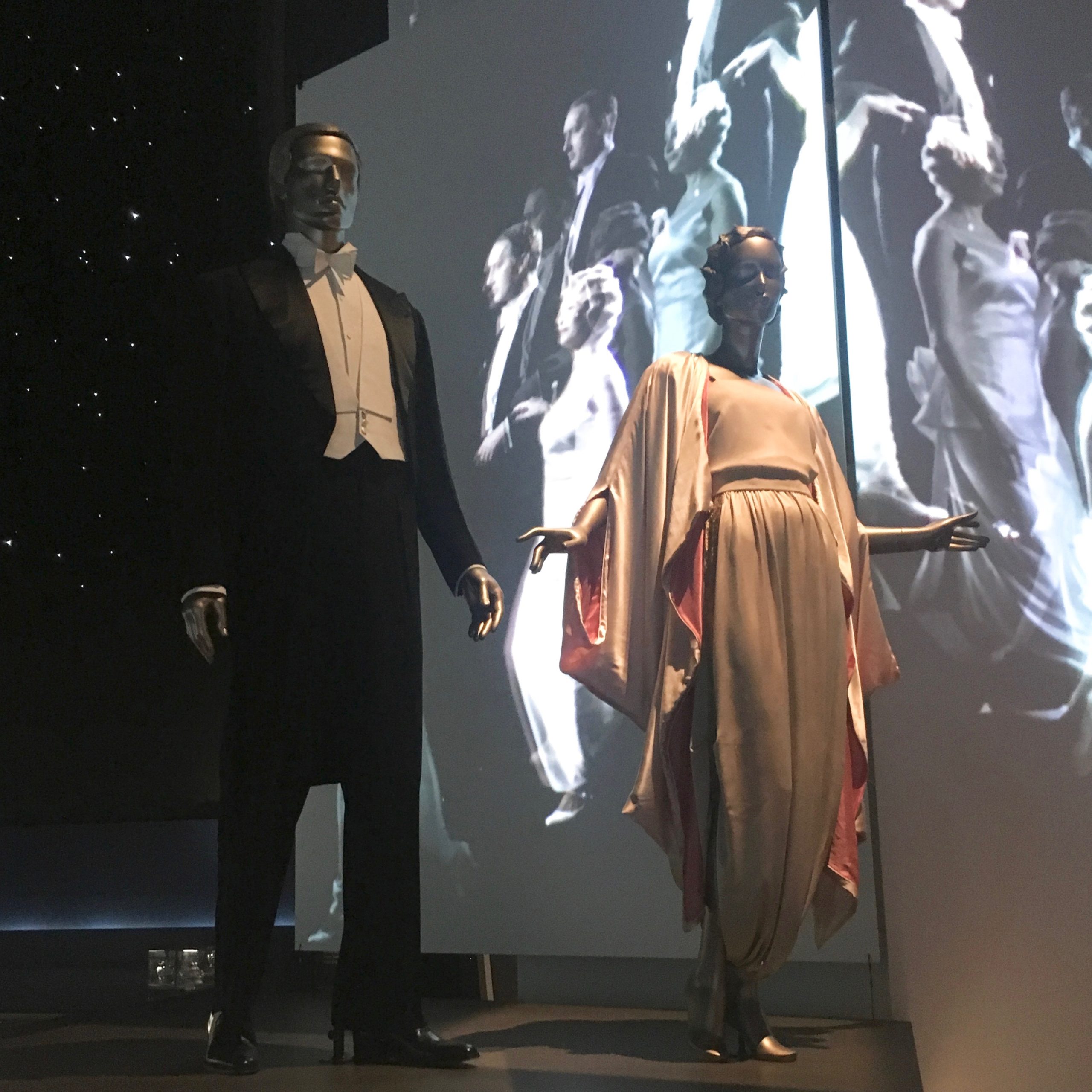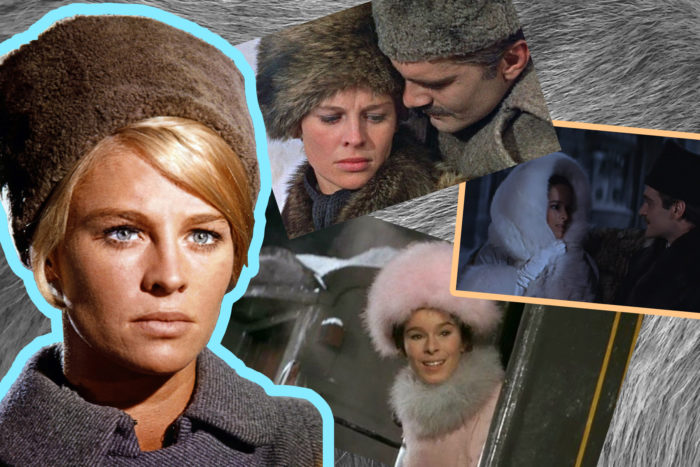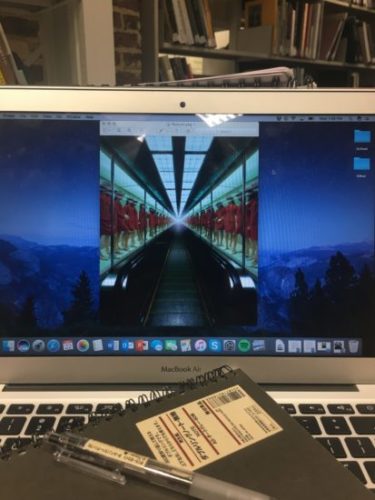In their March cover shoot and interview, Harper’s Bazaar photographed Kylie Jenner and recreated Marie Antoinette portraits from the 1770s and 1780s. Jenner is photographed wearing extravagant gowns that directly reference paintings by Elisabeth-Louise Vigée-Lebrun. These paintings depict a notorious celebrity known for setting fashion trends at a time of political and financial turmoil. Kylie Jenner, an equally notorious celebrity known for setting fashion and makeup trends, remakes these connections between fame and sartorial extravagance. In a portrait of the Queen from 1778, Vigée-Lebrun painted Marie Antoinette in a white grand habit de cour with gold tassels, the most formal style of dress from this period. In Jenner’s version, she wears a white Thom Brown dress with the same trompe l’oeil gold tassel detail. The wide shape of her skirt resembles the shape of the pannier undergarment worn in the 18thcentury. For Marie Antoinette, this portrait constructed an image of her as a powerful monarch through luxurious and expensive gowns and jewelry. The same could be said of Jenner’s image. Jenner’s constructed identity in this photograph is of the youngest “self-made billionaire” who is a powerful monarch over her own beauty company.

Right: Elisabeth-Louise Vigée-Lebrun, Marie Antoinette, Queen of France and her Children, 1787, Château de Versailles
Another direct comparison can be made with the cover photo and Marie Antoinette with a Rose from 1783. Marie Antoinette wore a blue satin dress in this portrait which was the traditional and queenly attire the public was accustomed to. (This painting was the second iteration of a similar portrait in which Marie Antoinette wore the scandalous, white muslin chemise and looked like she was wearing undergarments.) Jenner, dressed similarly to the blue satin gown, wears a Dolce and Gabbana dress with light blue stripes. Both images show the women holding a pink rose with a white ribbon. Once again, Bazaar styles Jenner like Marie Antoinette who wears formal, stately outfits instead of the casual, white chemise dress most woman could afford. This comparison cements Jenner’s status as powerful fashion plate and businesswoman who controls her own empire.

Right: Elisabeth-Louise Vigée-Lebrun, Marie Antoinette, 1778, Kunsthistorisches Museum Vienna
Unfortunately, these images miss an opportunity for Jenner to use Marie Antoinette’s constructed identity in her portraits to illicit a sympathetic response from readers that isn’t the obvious out-of-touch-celebrity comparison to Marie Antoinette.
In another photograph, Jenner is shown wearing a white dress with an exaggerated sleeve while holding her daughter. Her hair is topped with large pink feathers and she is surrounded by pastel pastries and cakes. This imagery is reminiscent of Sofia Coppola’s 2006 film Marie Antoinette. Through this reference, Bazaar links the film’s themes of youth, fashion, and hedonism to Jenner through the saccharine color palette and sugary macarons. It reminds the viewer of Coppola’s fun, champagne filled, shopping montages. It is unfortunate that this was the image that included Jenner’s daughter because there is another Vigée-Lebrun painting that would have been more appropriate. In Marie Antoinette, Queen of France and Her Children from 1787, the subject is surrounded by her children in a pyramidal composition suggestive of a serious, renaissance painting. A jewelry box stands behind the group in the shadows. This jewelry box could be alluding to a Roman story of Cornelia, a virtuous woman who valued her children over worldly possessions like jewelry. Unlike the other portraits referenced in the Bazaar editorial, this portrait with her children attempted to situate Marie Antoinette as a virtuous, loving mother who values her children above everything else. Referencing this piece of monarchy propaganda would have been a perfect and interesting way to create an image of Jenner that focused on her supposed virtues as a person and a mother. Instead, the images render Jenner as a pseudo-Coppola pastiche, an image of hyper-femininity and excess.

Right: Elisabeth-Louise Vigée-Lebrun, Marie Antoinette, Queen of France, 1783, Château de Versailles
These portraits and photographs both construct female identities through makeup and clothing to demonstrate both women as rich, powerful and fashionable at a time of great political turmoil or change. Yet, the photographs of Jenner feel thematically unimaginative by comparing yet another rich celebrity in ‘pretty dresses’ to Marie Antoinette. When it comes to constructing images of Jenner, however, maybe the goal isn’t to create new images that illuminate interesting parts of her identity. The only goal is to get viewers to look at beautiful, superficial images. In this case, we can’t always have our cake and eat it too.
References:




